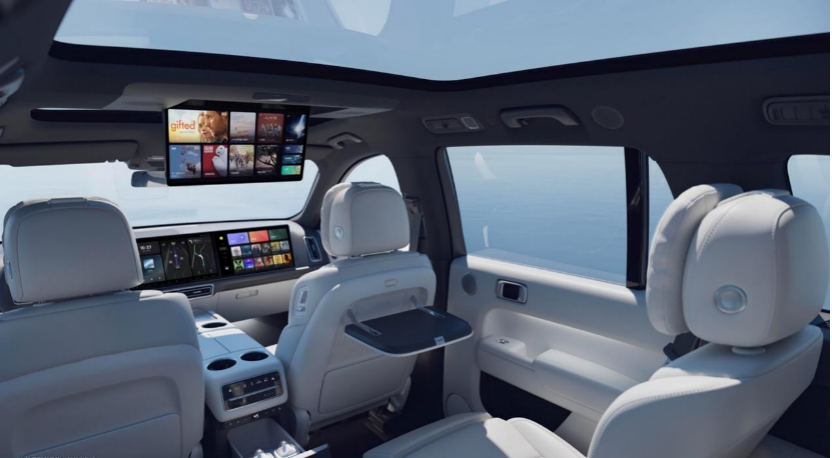文 | Joey
These days, making and selling cars is actually quite difficult.
On the one hand, you must label your product appropriately to identify your target audience and create a sense of differentiation among consumers. On the other hand, you must find ways to cater to the needs of as many people as possible to continuously increase sales. Moreover, you must also make onlookers recognize the brand’s unique attributes to highlight a sense of individuality.
This “what you need, what you need, and what you need” situation is enough to make Jerome McCarthy pretend to be drunk and Rutherford listen intently, thinking about committing a crime.
So, what is the most important differentiating factor? It is actually what people often refer to as defining the car by its scene and identity.
For example, someone involved in business will generally choose a Mercedes-Benz E-Class or higher. Sports enthusiasts cannot ignore the BMW 3 Series. Beautiful women like Beetles, MINIs (and now EULAs are also very supportive of women living their best lives). If you like electric cars, there is always a model from Tesla or NIO that will suit you.
Obviously, these labels have already been understood by the automotive public relations and marketing departments. However, the problem is how to take care of more people and achieve better sales performance beyond this established differentiation and targeting of your ideal customer base.
Is there a universal label that can make people feel like buying a car is not unexpected?
In fact, there is one, and that is “Dad car.”
“Dad Car” – Is It The Formula For Success?
To be honest, there doesn’t seem to be a way to exactly define the term “dad.” In short, the basic requirement for becoming a father is having a child. At the same time, they have moved away from the traditional model of mothers taking care of children and sharing the rights and opportunities to take care of and accompany children’s growth.
Therefore, having and raising kids is the greatest common denominator among this group of dads. But once the denominator is removed, the personality, preferences, and status of each person present as a scattered distribution, with no clear direction.
This is actually a good thing, as a blank sheet makes for better drawings, and without standards, standards must be established. Hence, the needs and image of dads have fallen entirely into the state of freehand drawing by public relations and marketing.
The first companies to notice this market were most likely MPV manufacturers, as in the Chinese automotive market, the mission image and cultural heritage of various groups were mostly imports, with most of the gaps in automotive culture supplementation and inspiration coming from the European and North American markets.In the discourse system of MPV models, the first thing that a “Daddy Van” should take into consideration is “big” and “powerful”. For example, I’ve seen people classify Toyota’s Sienna, Honda’s Odyssey, Mercedes-Benz’s V-Class, and even Cadillac’s large SUV Escalade as “daddy vans”.
According to the Chinese understanding, this car-making logic highlights the idea of a whole family (including pets) living in harmony. A comfortable and spacious ride with sufficient power to carry people and cargo is already enough. You can’t say that such an idea is wrong, but describing people in such a pale way is clearly not doing justice to such a good positioning.
Just as today’s automakers always focus on depicting female users as independent, strong, and multifaceted, “daddy vans” have also become a product category that needs to be emphasized. For example, the recently popular Ideal L9 has put forward a new concept of “daddy van” that keeps up with the times (in fact, Ideal’s first product ONE also has a “daddy van” definition).
Five screens and an 8155 chip, electrically adjustable seats in all three rows with seat heating; for those who love to play audio, there is a 7.3.4 panoramic sound system and Dolby panoramic sound technology. Children can even play Nintendo Switch or sing in the car (I have to say that at a time when going to KTV has become more dangerous, this function is simply perfect).
These features seem to define the “daddy van” with scenes in the era of scene-based automotive definition. At the same time, this concept has also gained more popularity, for example, the WM Motor EX5 Plus.
The overall car-making of the WM Motor EX5 Plus seems to have many similarities with the Ideal L9. They both have six seats, both maintain a strong sense of independence and luxury in the third row, both can experience independent cinemas and customized 14 games on a large screen, and even both can sing inside the car.
You can’t say that these two cars have completely independent innovation, they are first and foremost an improvement in functionality based on comfortable large MPV models in North America and Europe. At the same time, technology is used to match scenes to create a more suitable family travel environment. But are these all that “daddy vans” have to offer? I personally have reservations.
So now the question is, who can define what a “daddy van” is?
Our mental stereotype is that once classified into a certain group of people, we automatically accept the values assigned to that group. For example, business people must wear formal business attire and maintain professionalism and decency at all times; housewives must revolve around the whole family, prioritizing the needs of everyone except themselves, and daddies as well.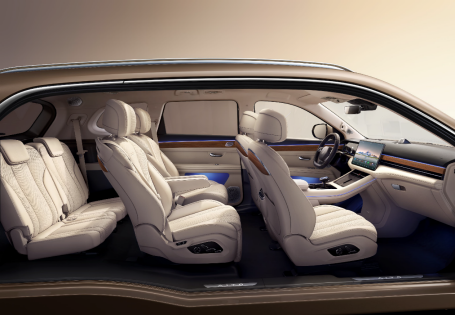
In ideal L9 and Wanjie M7, even Odyssey and Serena that came out earlier, what we see more is meeting the needs of all passengers, not just the ones in the first row. They want space, entertainment, and even technology. Yet, the car they ride in is defined as a “dad car”. While dads have already fallen into the new era of driving bigger and more technologically advanced cars – as drivers.
This obviously does not meet the needs of dads because if women are already required to live for themselves and orbit around themselves, why can’t dads?
After all, the only condition for becoming a dad is to have a child (at most a few children), while your own preferences for vehicle selection can still be free and bold, designed for family, children, and even pets, as a part of this car. Other parts should be completely decided by the owner.
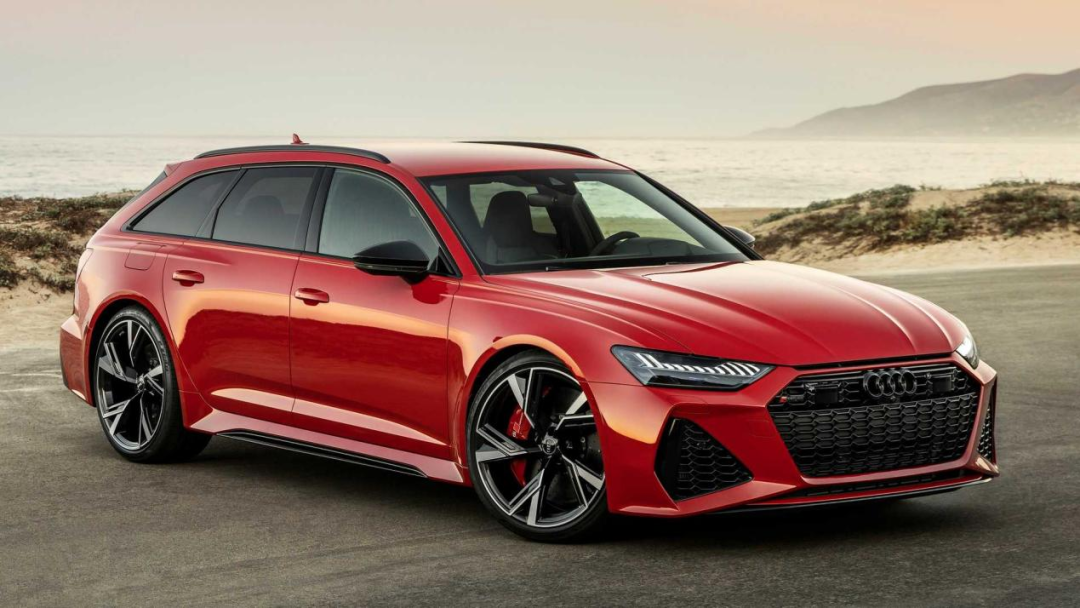
For example, for those who pursue excitement, travel cars like the RS6 Avant and E63S Wagon can completely become a new standard for dad cars. After all, how do you know the child does not like speed and passion, and they don’t like the driving pleasure brought by a firm suspension?
Similarly, for dads who like to delve into barren lands and specialize in places where there are no people, RADAR pickups and Ford Raptors can also become dad cars. After all, how do you know that children don’t love to go up the mountain to see the scenery?
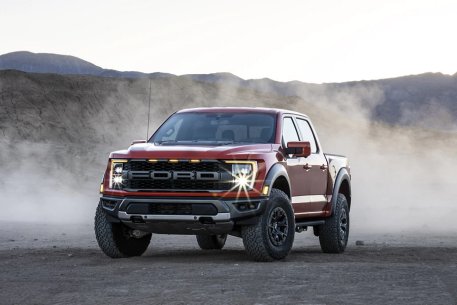
Furthermore, for those who enjoy cooking, they can choose an electric car with reverse charging function, coupled with an induction cooker, and quickly build a mobile kitchen that belongs to dad.
Of course, liking to sing K in the car, and playing Switch and Honor of Kings on the screen with children are also independent choices. Simply put, it’s just about what you like. Whatever you like is the right choice.
As you can see, after distinguishing who is the real protagonist in the “dad car” story, the pattern of dad cars seems to be opened up, and the definition has become broader. However, at the same time, dad cars have also become a false proposition.
There are no unified standards, no unified scenarios. The needs of children are just a part of your own needs, and can be satisfied, but there is no need to turn around. Obviously, this should be a better way of life and philosophy for selecting cars.The low EQ interpretation of such a car selection mode is “selfish and self-centered”, while the high EQ interpretation is “undefined”.
However, let’s take a step back and consider that when your child grows up in such a culture driven by self-awareness and self-preference, his autonomy in the path of growth will also be greatly stimulated, even though this is clearly not what PR and the market will be pleased to see in the future.
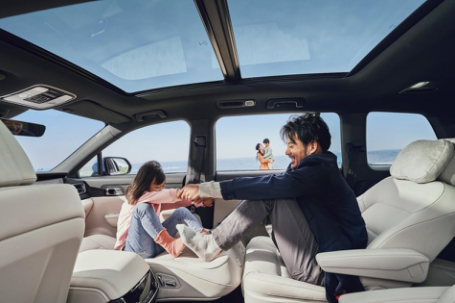
But, this is not a big problem. It’s important to live bravely as yourself (this sounds a bit strange, but it’s finally the turn of men), and to be a cool dad that makes yourself happy.
This article is a translation by ChatGPT of a Chinese report from 42HOW. If you have any questions about it, please email bd@42how.com.
